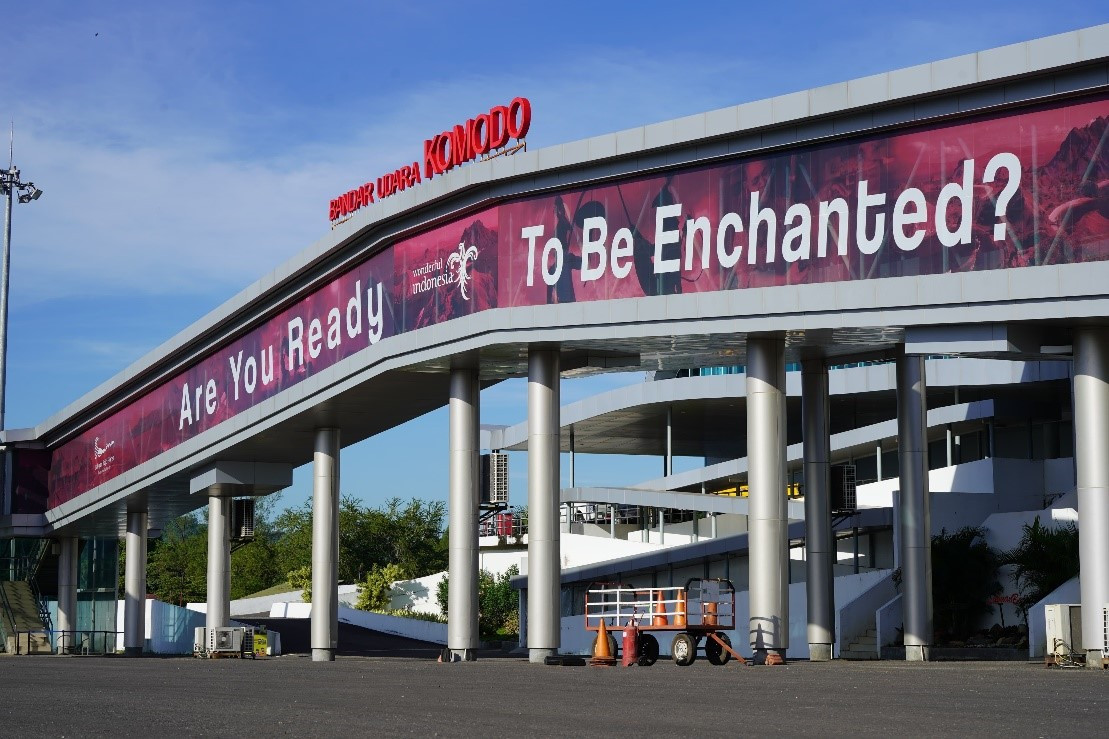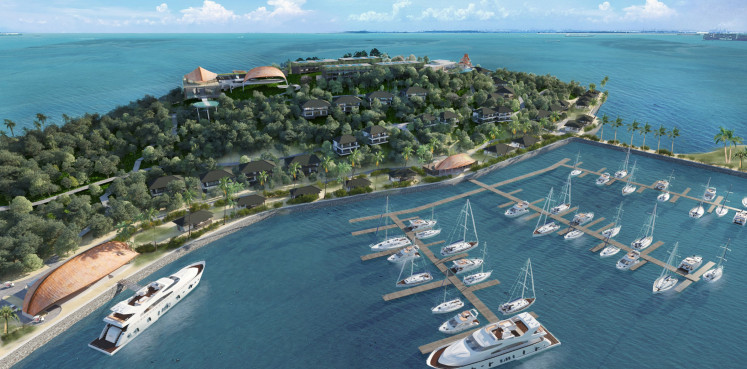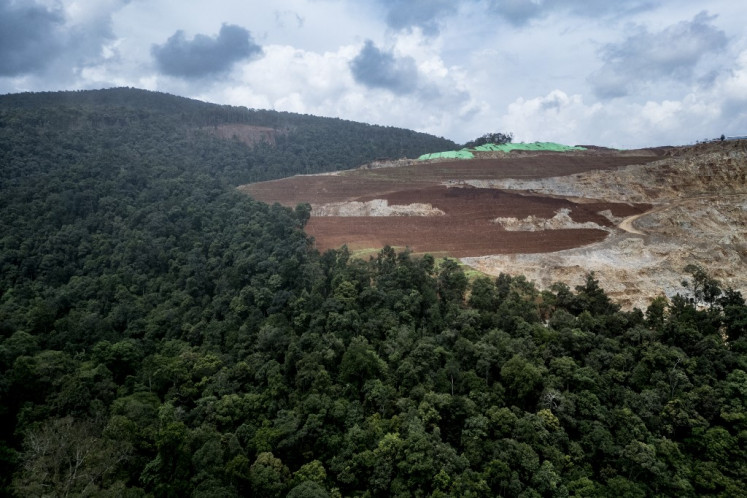Popular Reads
Top Results
Can't find what you're looking for?
View all search resultsPopular Reads
Top Results
Can't find what you're looking for?
View all search resultsManaging the tourism crisis in Labuan Bajo following the Lewotobi eruption
Change text size
Gift Premium Articles
to Anyone
L
ocated on an active tectonic belt surrounding the Pacific Ocean basin, Indonesia’s East Nusa Tenggara (NTT) province is part of the Pacific Ring of Fire.
The region is home to 17 active volcanoes spread across Flores, Lembata and Alor islands. In addition to volcanic activity, NTT province also experiences high seismic activity due to being located between tectonic plates, making it prone to earthquakes and tsunami-triggering tremors.
One of Flores Island’s volcanoes, Mount Lewotobi Laki-laki, of the twin Lewotobi volcanoes, began erupting on Nov. 3.
Standing at 1,584 meters above sea level, Mt. Lewotobi Laki-laki is an active stratovolcano that erupted 977 times throughout 2024. Its largest eruption in November ejected lava and pyroclastic materials, causing significant disruption.
The eruption spewed incandescent lava and pyroclastic flows westward, causing fires in residential areas due to hot volcanic material.
By Nov. 23, the National Disaster Mitigation Agency (BNPB) reported 13,240 people affected by the eruption, with nine fatalities and dozens injured and hospitalized at Larantuka General Hospital. A total of 5,607 evacuees were relocated to six field shelters, while 7,363 others sought refuge with family or relatives since the initial eruption.
While the initial impact of the eruption was concentrated in East Flores, ashfall eventually spread westward, reaching Labuan Bajo in West Manggarai, a key tourism gateway for NTT.
As a result, volcanic ash prompted the temporary closure of Komodo Labuan Bajo Airport from Nov. 9 to 13. Eventually, flights resumed, with volcanic ash paper tests conducted every three hours to ensure safety.
The suspension of flights however, did disrupt tourist movements to and from Labuan Bajo, prompting the West Manggarai administration and local authorities to establish emergency measures. A Sea Transportation Readiness Post was set up at the Labuan Bajo Port on Nov. 10, to facilitate evacuations via sea routes.
Led by the Class III Labuan Bajo Port Authority and Harbor Master’s Office (KSOP), the Readiness Post coordinated a swift response, deploying vessels from Pelni, ASDP, Dharma Lautan Utama and other shipping agencies. These efforts ensured stranded tourists were able to leave Labuan Bajo despite the airport closure.
“We deployed Pelni ships, set up an Integrated Sea Transportation Readiness Post at the passenger terminal, and issued maritime safety notices every four hours,” said Stephanus Risidyanto, head of the Labuan Bajo Port Authority.
“Additionally, we provided passenger capacity dispensations for Pelni ships while prioritizing safety and maintaining coordination with the BMKG [Meteorological, Climatological, and Geophysical Agency].”
Moreover, their coordination with Komodo airport authorities ensured effective passenger handling, while immigration officials addressed concerns regarding tourist visa validity.
Frans Teguh, head of the Labuan Bajo Flores Tourism Authority Board (BPOLBF), emphasized the crisis’s impact on tourism, highlighting the inconvenience and uncertainty experienced by travelers.
“This is a humanitarian disaster we could not avoid. Our condolences go out to our brothers and sisters in East Flores. The eruption’s effects have reached Labuan Bajo, Bali and Lombok, key tourism destinations. This underscores the importance of swift crisis responses, particularly in managing affected tourists. We deeply appreciate the swift actions taken by the KSOP and Komodo airport authorities to address this crisis,” said Frans.
Additional information and complaint centers, including at Komodo airport and the BPOLBF’s Tourism Information Center, handled nearly 90 inquiries during the crisis. By Nov. 14, flight operations resumed gradually, and by Nov. 25, Komodo Labuan Bajo Airport was fully operational.
The crisis caused hotel occupancy rates to plummet by 87 percent due to cancellations. However, occupancy levels have since returned to normal as flights resumed and tourism activity recovered.
To restore the destination’s image, positive campaigns have been launched, and tourism in Labuan Bajo is now back to normal. The government and local authorities’ swift responses during the Lewotobi eruption have strengthened trust and ensured travelers’ safety. Labuan Bajo remains a safe and welcoming destination.










